Orchids are beautiful plants. They come in many colors and shapes. People love them for their unique flowers. Taking care of orchids can be easy. You just need to know the basics. This guide will help you take care of your indoor orchids.
Choosing the Right Orchid
First, you need to choose the right orchid. There are many types. Some are easier to care for than others. Here are some popular types:
- Phalaenopsis: This is the most common type. It has large flowers.
- Cattleya: This type has bright colors and strong scents.
- Dendrobium: These flowers grow in clusters.
- Oncidium: They are known as “dancing ladies” for their shape.
Pick a type that you like. Consider how much care it needs.
Light Requirements
Light is very important for orchids. They need bright, indirect light. Direct sunlight can harm them. Here are some tips:
- Place orchids near a window.
- Avoid south-facing windows.
- Use sheer curtains to filter light.
If your orchids do not get enough light, they may not bloom. Watch for signs. If leaves turn yellow, it may need more light.
Watering Your Orchids
Watering is key to healthy orchids. Overwatering can cause root rot. Here are steps to follow:
- Check the potting mix. It should dry out between waterings.
- Water the orchids in the morning.
- Use room temperature water.
- Water until it drains out of the bottom.
In winter, orchids need less water. Always check the moisture level before watering.
Humidity Needs
Orchids love humidity. They thrive in a humid environment. Here are ways to increase humidity:
- Place a tray of water near the orchids.
- Use a humidifier in the room.
- Group your orchids together.
Aim for humidity levels of 40% to 70%. You can use a hygrometer to measure humidity.
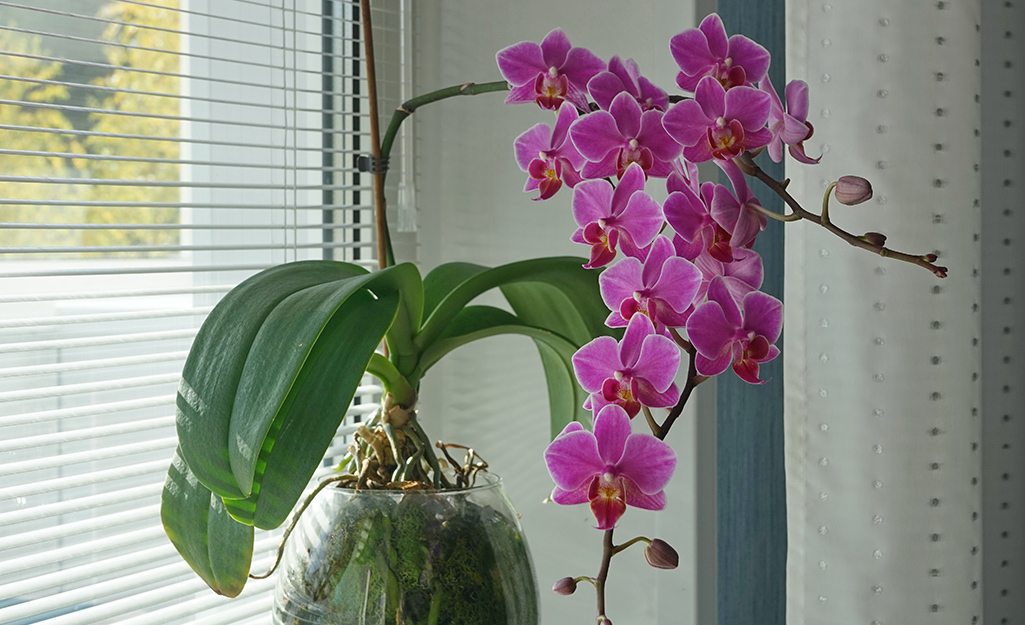
Credit: www.homedepot.com
Temperature Preferences
Orchids like warm temperatures. They prefer day temperatures of 70°F to 80°F. Night temperatures should be cooler, around 60°F to 70°F. Here are tips:
- Keep them away from cold drafts.
- Avoid placing them near heaters.
- Check for sudden temperature changes.
Healthy temperature helps orchids bloom well.
Fertilizing Your Orchids
Fertilizing gives orchids nutrients. They need food to grow and bloom. Follow these tips for fertilizing:
- Use a balanced orchid fertilizer.
- Fertilize every two weeks during growing season.
- Reduce feeding in winter.
Always follow the instructions on the fertilizer package. Too much fertilizer can harm your orchids.
Repotting Your Orchids
Orchids need repotting every 1-2 years. This helps them grow better. Here’s how to repot:
- Choose a pot that is slightly larger.
- Use special orchid potting mix.
- Gently remove the orchid from its pot.
- Check the roots. Trim any dead roots.
- Place the orchid in the new pot and fill with potting mix.
Repotting helps orchids stay healthy and grow strong.
Common Problems and Solutions
Sometimes orchids face problems. Here are some common issues:
Yellow Leaves
This could mean overwatering. Check the roots and potting mix.
No Flowers
If your orchid does not bloom, it may lack light or nutrients. Adjust light and fertilize more.
Brown Tips On Leaves
This could be due to low humidity or too much fertilizer. Increase humidity and reduce feeding.
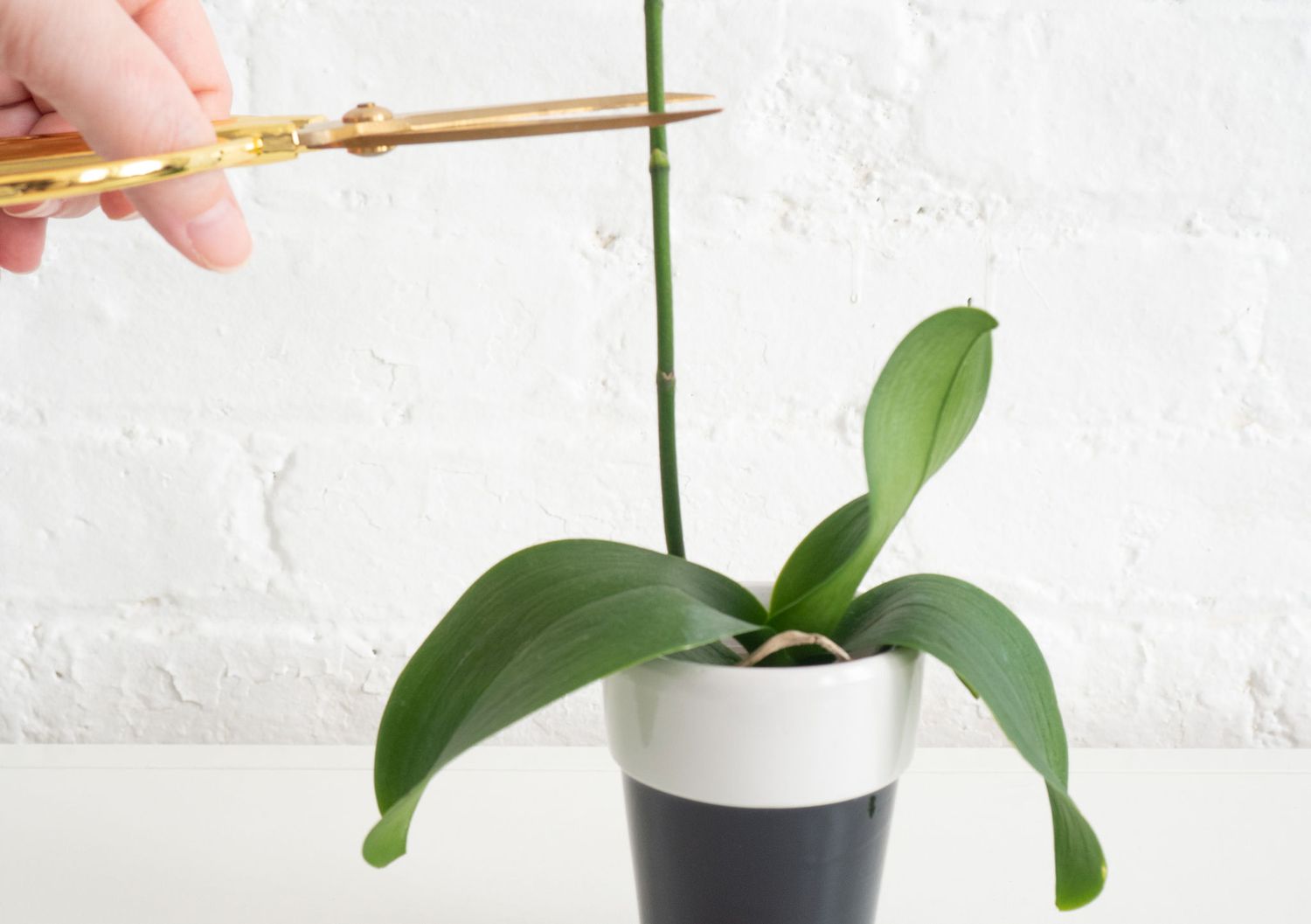
Credit: www.thespruce.com
Conclusion
Taking care of indoor orchids is rewarding. With the right care, they can bloom beautifully. Remember to provide light, water, and humidity. Fertilize and repot when needed. Watch for any problems and fix them early. Enjoy the beauty of your orchids!





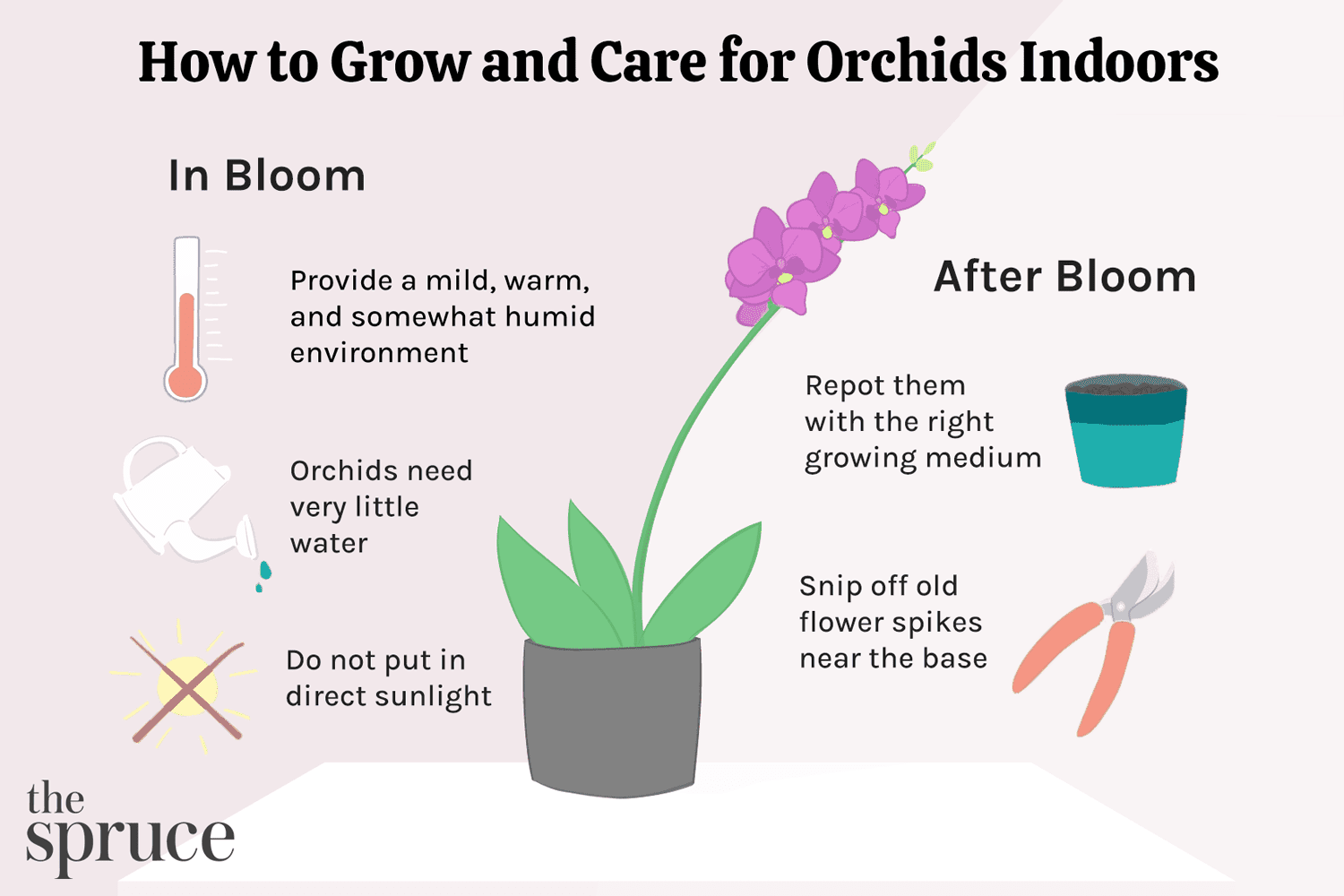
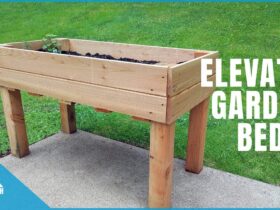



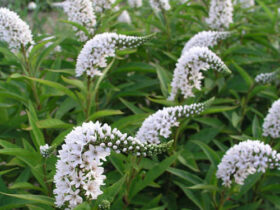
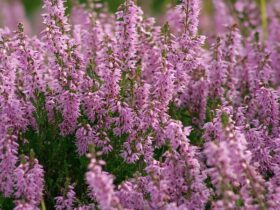
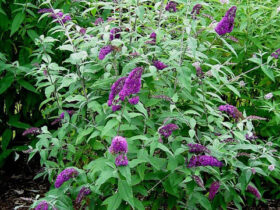




Leave a Review